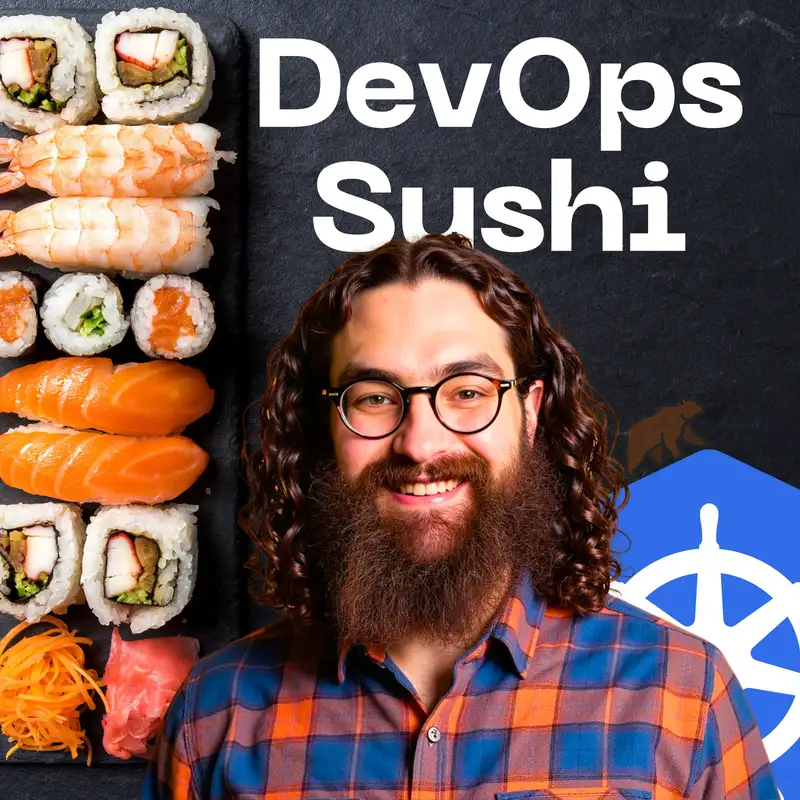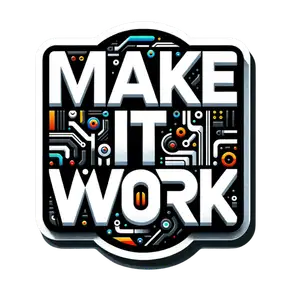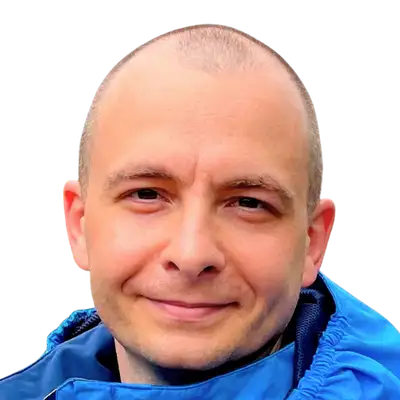DevOps Sushi
Download MP3In this episode, we sit down for a deep-dive conversation with Mischa van den Burg, a former nurse who made the leap into the world of DevOps. We explore the practical realities, technical challenges, and hard-won wisdom gained from building and managing modern infrastructure. This isn't your typical high-level overview; we get into the weeds on everything from homelab setups to the nuances of GitOps tooling.
We start by exploring the journey from nursing to DevOps - the why behind the career change (00:54) - focusing on the transferable skills and the mindset required to succeed in a field defined by continuous learning and complex problem-solving.
What are the most engaging aspects of DevOps (04:49)? We discuss the satisfaction of automating complex workflows and building resilient systems. Conversely, we also tackle the hardest parts of the job (05:48), moving beyond the cliché "it's the people" to discuss the genuine technical and architectural hurdles faced in production environments.
We move past the buzzword and into the practical application of "breaking down silos" (07:36). The conversation details concrete strategies for fostering collaboration between development and operations, emphasising shared ownership, transparent communication, and the cultural shift required to make it work.
We discuss critical lessons learned from the field (13:07), including the importance of simplicity, the dangers of over-engineering, and the necessity of building systems that are as easy to decommission as they are to deploy.
The heart of the conversation tackles an important perspective: Why choose Kubernetes for a homelab? (23:06) We break down the decision-making process, comparing it to alternatives like Nomad and Docker Swarm. The discussion covers the benefits of using a consistent, API-driven environment for both personal projects and professional development. We also touch on the hardest Talos OS issue encountered (36:17), providing a specific, real-world example of troubleshooting in an immutable infrastructure environment. Two of Everything & No in-place upgrades are important pillars of this mindset, and we cover them both (41:14). We then pivot to a practical comparison of GitOps tools, detailing the migration from ArgoCD to Flux (46:50) and the specific technical reasons that motivated the change.
We conclude (50:40) by reflecting on the core principles of DevOps and platform engineering, emphasising the human element and the ultimate goal of delivering value, not just managing technology.
🍿 This entire conversation, as well as the screen sharing part, is available to Make it Work members as full videos served from the CDN, and also a Jellyfin media server:
We start by exploring the journey from nursing to DevOps - the why behind the career change (00:54) - focusing on the transferable skills and the mindset required to succeed in a field defined by continuous learning and complex problem-solving.
What are the most engaging aspects of DevOps (04:49)? We discuss the satisfaction of automating complex workflows and building resilient systems. Conversely, we also tackle the hardest parts of the job (05:48), moving beyond the cliché "it's the people" to discuss the genuine technical and architectural hurdles faced in production environments.
We move past the buzzword and into the practical application of "breaking down silos" (07:36). The conversation details concrete strategies for fostering collaboration between development and operations, emphasising shared ownership, transparent communication, and the cultural shift required to make it work.
We discuss critical lessons learned from the field (13:07), including the importance of simplicity, the dangers of over-engineering, and the necessity of building systems that are as easy to decommission as they are to deploy.
The heart of the conversation tackles an important perspective: Why choose Kubernetes for a homelab? (23:06) We break down the decision-making process, comparing it to alternatives like Nomad and Docker Swarm. The discussion covers the benefits of using a consistent, API-driven environment for both personal projects and professional development. We also touch on the hardest Talos OS issue encountered (36:17), providing a specific, real-world example of troubleshooting in an immutable infrastructure environment. Two of Everything & No in-place upgrades are important pillars of this mindset, and we cover them both (41:14). We then pivot to a practical comparison of GitOps tools, detailing the migration from ArgoCD to Flux (46:50) and the specific technical reasons that motivated the change.
We conclude (50:40) by reflecting on the core principles of DevOps and platform engineering, emphasising the human element and the ultimate goal of delivering value, not just managing technology.
🍿 This entire conversation, as well as the screen sharing part, is available to Make it Work members as full videos served from the CDN, and also a Jellyfin media server:
- DevOps Sushi 1 - conversational part
- DevOps Sushi 2 - screen sharing part
Scroll to the bottom of those pages 👆 for CDN & media server info
LINKS
- 🍣 Jiro Dreams of Sushi
- ✍️ I'm In Love with my Work: Lessons from a Japanese Sushi Master
- 🎬 Why I Use Kubernetes For My Homelab
- 🐙 Mischa's homelab GitHub repository
- 🎁 Mischa's Free DevOps Community
- 🎓 KubeCraft DevOps School
EPISODE CHAPTERS
- (00:00) - Intro
- (00:54) - From Nurse to DevOps Engineer - Why?
- (04:49) - What are the fun DevOps things?
- (05:48) - Hardest part in DevOps
- (07:36) - What does breaking down silos mean to you?
- (13:07) - Hard earned lessons that are worth sharing
- (17:44) - The Bear that Dreams of DevOps
- (23:06) - Why I use Kubernetes for my Homelab?
- (29:04) - Your recommendation for someone starting today
- (36:17) - Hardest Talos issue that you've hit
- (41:14) - No in-place upgrades
- (46:50) - From ArgoCD to Flux
- (50:40) - Remembering what's important



